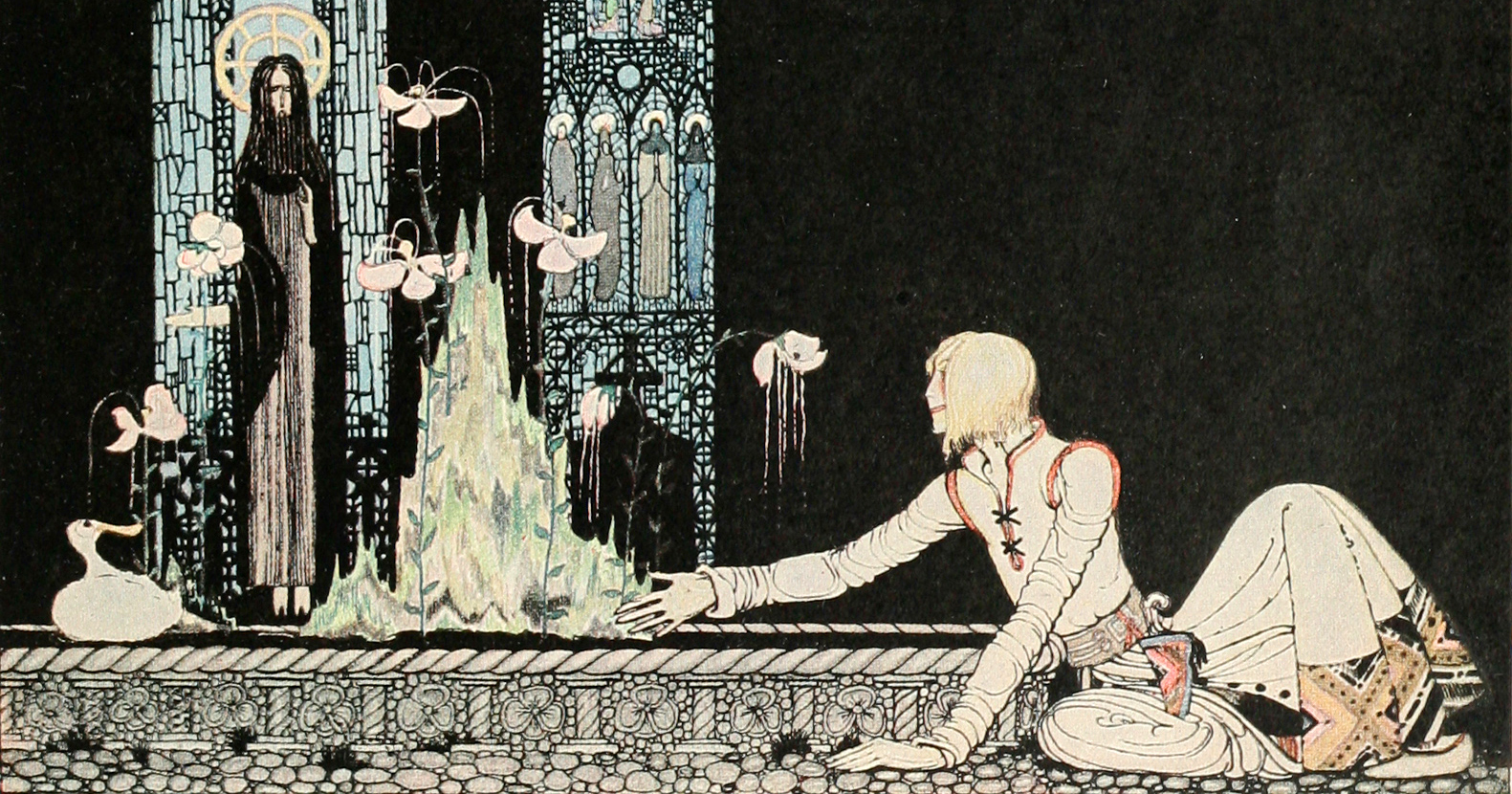“To create today is to create dangerously,” Albert Camus told a gathering of young people at the peak of the Cold War, shortly after becoming the second-youngest laureate of the Nobel Prize. “The question, for all those who cannot live without art and what it signifies, is merely to find out how among the police forces of so many ideologies… the strange liberty of creation is possible.” A generation before him, as the world was seething with the ideologies that would soon unworld it in the first global war, the artist Egon Schiele wrote as he faced policing while revolutionizing art: “The ‘many’ are those who are dependent upon each other… The ‘few’ are the direct leaders of the world because they introduce only that which is new and are therefore repugnant.”

Millennia and civilizations earlier, two such visionaries who lived a generation apart, one born the day the other threw herself into the sea — Sappho (c. 630–c. 570 BC) and Pythagoras (c. 570–c. 495 BC) — revolutionized the deepest undertone of modern thought with their repugnant ideas about the most delicate, most beloved, and most elemental of the arts: music.
In an era when the most widespread musical instrument was the tetrachord — the Hellenic four-string lyre — and musicians had no standardized system of tuning their instruments, no understanding of the underlying tonal patterns, and nothing more than a vague intuitive sense about how to strum melodies rather than discord, Pythagoras discovered the relationship between musical harmony and the mathematical harmony of numbers. According to his foremost biographer, the fourth-century Syrian scholar Iamblichus, Pythagoras took it upon himself to devise a mechanical aid for musical tuning.
One day, Iamblichus’s account goes, Pythagoras was strolling past a blacksmith’s forge and was captivated by the sound of the many hammers pounding in a pattern that suddenly sounded harmonious. He rushed into the forge and immediately began investigating the cause of the harmony, testing the various hammers in various stroke combinations — some producing harmony, others discord. After analyzing the patterns and weighing the hammers, he discovered a simple mathematical relationship between those that made balance — their masses were exact ratios of one another’s.
Although the anecdote may belong to that murky shoreline between the doubtful and the factual that marks many genius biographies, Pythagoras eventually tested these ratios on the lyre. They proved perfectly predictive of harmony — the first discovery of a mathematical rule undergirding a physical phenomenon and the basis of what became known as the Music of the Spheres.
In our time, Pythagoras, known to every schoolchild for his famous triangle theorem, is celebrated as the pioneer who set the golden age of mathematics into motion with the development of numeric logic. Having coined the word philosophy and defined the very meaning of wisdom, he seeded scientific ideas that fomented the later revolutions ushered in by visionaries as far-ranging and far-reaching as Plato, Copernicus, Descartes, Kepler, Newton, and Einstein.
But in his time, Pythagoras was a radical, a dissident, an intellectual deviant. His progressive views on social reform led him to flee the tyrannical rule of his native Samos. After arriving in the Greek colony of Croton as a refugee, he founded a philosophical school whose disciples, known as the Pythagoreans, devised an unprecedented model of the universe, placing at its center a ball of fire more than a thousand years before Copernicus upended the geocentric Ptolemaic system with his heliocentricity.
